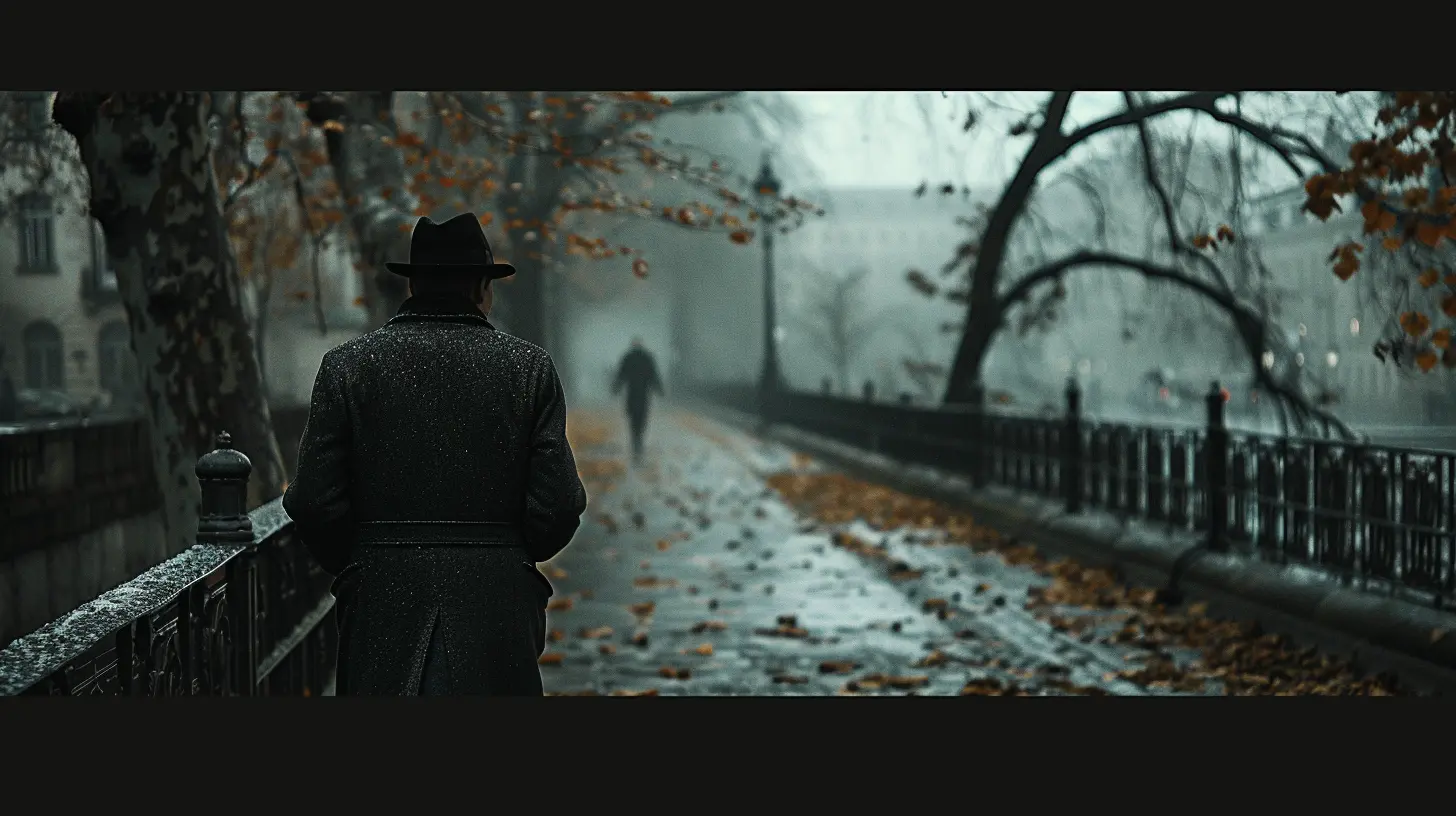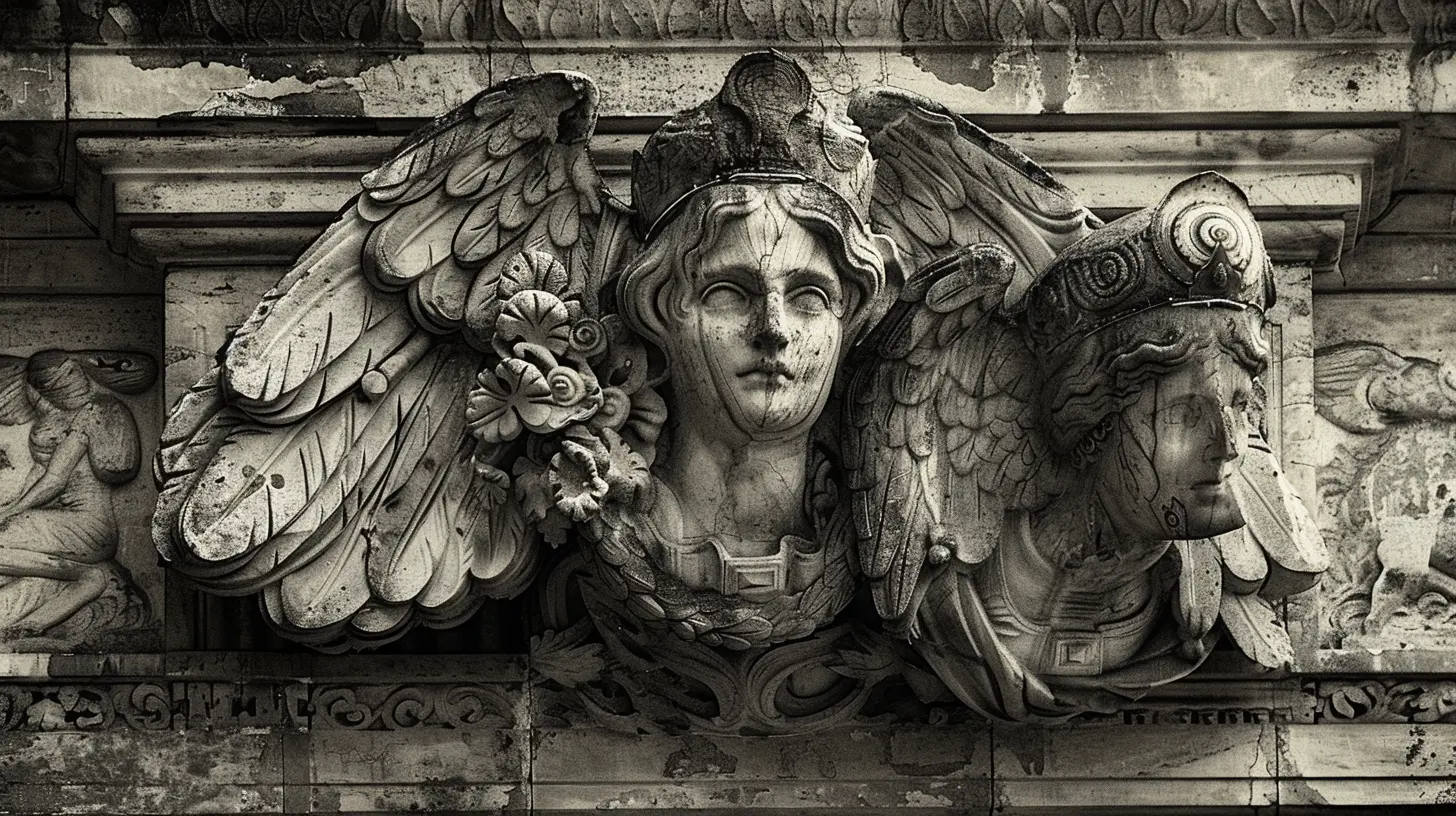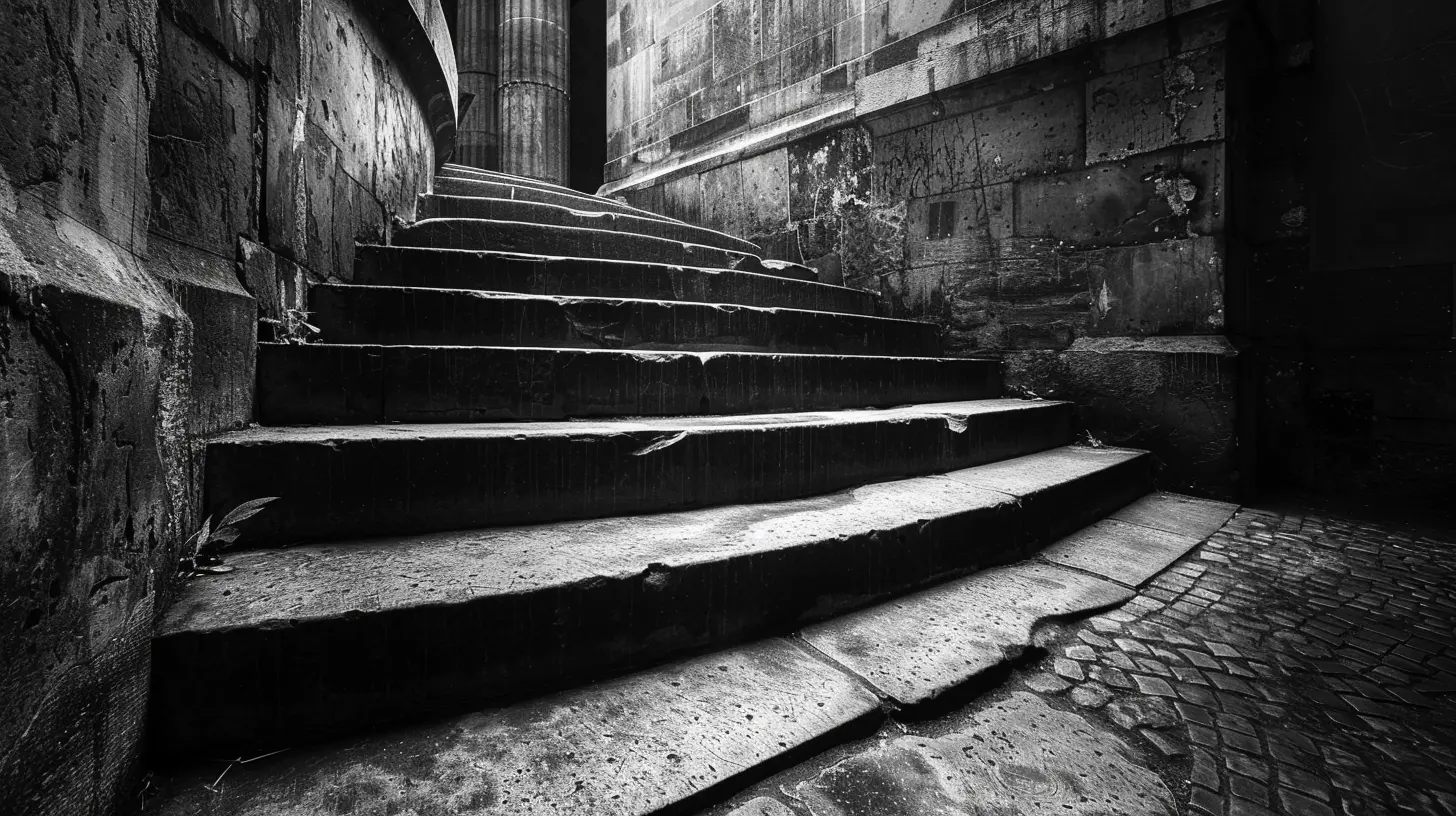A Glimpse into History at Berlin’s Brandenburg Gate
18 July 2025
If you’ve ever seen a postcard from Berlin, chances are it featured one of the city’s most iconic landmarks—the Brandenburg Gate. And let me tell you, it’s not just a pretty backdrop for selfies (though it’s perfect for that too!). This Neoclassical monument has quite the story to tell. So grab your virtual walking shoes, and let’s take a fun, history-packed stroll through time.

The Gate That’s Seen It All
Berlin’s Brandenburg Gate isn't just a gate. Oh no, it's a silent observer of revolutions, celebrations, wars, and reunification. Located at the end of the grand Unter den Linden boulevard, this towering structure has stood proudly since 1791. That’s over 230 years of history, drama, and transformation – if only walls could talk, right?More Than Just Stone and Columns
Let’s break it down a bit. The Brandenburg Gate is made up of twelve Doric columns—six on each side—forming five passageways. Back in the day, only the royals used the central one (because, of course, they had to be fancy like that). The crown jewel up top? That would be the Quadriga— a chariot drawn by four horses, driven by Victoria, the Roman goddess of victory.Make no mistake, this isn’t just decorative flair. The Quadriga has played a bit of a game of "capture the statue" over the years (we'll get into that juicy drama soon).

A Royal Welcome to a Revolutionary Symbol
Built for Peace—No, Seriously
When it was first constructed under orders from King Frederick William II of Prussia, the Brandenburg Gate was meant to symbolize peace. That’s why it was originally called the "Peace Gate". Feels kinda ironic considering all the conflict it eventually witnessed, huh?From Royal Processions to Napoleon’s Trophy
Picture this: it’s 1806, and Napoleon has just rolled into Berlin like he owns the place. What does he do? He takes the Quadriga from the top of the gate and hauls it back to Paris. Seriously—he straight-up stole it like a souvenir! For eight long years, Berlin stared at an empty rooftop until the Prussians reclaimed it in 1814 and brought the Quadriga back home. And to make a statement? They added the Prussian eagle and the Iron Cross to Victoria’s staff. A little “don’t mess with us” touch.
Dark Times and Divided Walls
World War II’s Wrath
Fast forward to the 20th century. World War II didn’t exactly go easy on Berlin. By 1945, much of the city was crumbling rubble—and though the Brandenburg Gate was still standing, it didn’t emerge unscathed. The gate was pretty badly damaged, with bullet holes and bomb scars telling their own somber stories.Stuck in the Middle of the Cold War
After WWII, Berlin was split into East and West—and the Brandenburg Gate found itself smack dab in no-man’s land. When the Berlin Wall went up in 1961, the gate was sealed off completely. It stood there, a powerful symbol of division in a city split in two—almost like a postcard you couldn’t send from either side.Can you imagine standing there, looking at it from afar, knowing you couldn’t walk through a gate that literally used to welcome royalty?

The Sweet Taste of Freedom
That Epic 1989 Moment
Now this is where the emotions really bubble up. The year is 1989. The Berlin Wall is crumbling, the people are cheering, and right there—at the heart of it all—is the Brandenburg Gate. Joyful crowds from both East and West Berlin pour into the area, climbing the wall, hugging strangers, waving flags.That gate, once closed off and guarded, becomes the meeting point for a reunited city. It’s like Berlin’s own fairytale ending—with the Brandenburg Gate as the closing scene.
Reopening to the People
Just a few weeks after the Wall came down, on December 22, 1989, the Brandenburg Gate officially reopened. Politicians, families, and travelers gathered to celebrate. And ever since, it has become a symbol—not just for Berlin—but for freedom, unity, and peace.Today’s Gateway to Culture and Coolness
A Must-See on Every Berlin Itinerary
Let’s be real—no trip to Berlin is complete without standing in front of the Brandenburg Gate. Whether you visit early in the morning for a peaceful sunrise snap, or in the evening when it lights up like something out of a movie, it’s always awe-inspiring.And here’s a tip: visit during major festivals or national holidays. The area around the gate comes alive with music, dancing, and mouthwatering German street food (yes, currywurst included).
Instagram-Worthy from Every Angle
The term “photo op” was practically invented for places like this. Whether you’re standing dead center or catching it from the corner with the Reichstag Building in the background, this gate makes you (and your feed) look good.It’s also the starting line for many major events like the Berlin Marathon, which adds a cool sporty twist to its historical vibe.
Little-Known Fun Facts You’ll Want to Share
Sure, the gate’s history is impressive—but did you know:- The Brandenburg Gate was once part of a customs wall around Berlin.
- There’s a U.S. Embassy right next to it—talk about prime real estate!
- The gate has appeared in dozens of films and music videos, making it a true pop culture star.
- During the Cold War, U.S. Presidents like John F. Kennedy and Ronald Reagan gave powerful speeches right by it. (“Mr. Gorbachev, tear down this wall!”—ring a bell?)
How to Visit Without a Time Machine
Getting There Is a Breeze
The Brandenburg Gate is right in the center of Berlin, so getting there is super easy. Hop on the U-Bahn or S-Bahn to Brandenburger Tor station. Or just walk along Unter den Linden and let the stunning architecture guide you.Even better—take a bike tour! Riding through Berlin is like flipping the pages of a living history book, and the Brandenburg Gate is the highlight page.
Best Time to Visit? All Year Round!
- Spring/Summer: Great weather, outdoor music, and maybe a beer or two.- Autumn: Crisp air and fewer crowds—perfect for soaking in the atmosphere.
- Winter: Snow-dusted columns and twinkling lights make it feel like a scene from a winter fairy tale.
Want to skip the crowds? Try visiting really early in the morning or late at night when the gate has a calm, magical glow about it.
Not Just a Monument—But a Message
The Brandenburg Gate isn’t just another tick on your sightseeing list. It's a reminder that even in the face of division, destruction, and despair, unity and hope can prevail.It stood tall through wars, watched as walls fell, and now opens its arms to people from every corner of the planet. It’s Berlin’s way of saying, “We’ve been through a lot, but we never stopped moving forward.”
It’s the past and the future all in one place—wrapped up in gorgeous stone, guarded by proud horses, and buzzing with life.
Final Thoughts: Why the Brandenburg Gate Should Be On Your Bucket List
Even if history wasn't your thing back in school, the Brandenburg Gate might just change your mind. There's something so moving about standing in front of a place that has seen the rise and fall of empires, the building and breaking of barriers, and the reunification of a city and country.Add a pretzel in one hand and a camera in the other, and you've got yourself a perfect Berlin moment.
So next time someone asks, “What’s so special about a gate?”—you’ll know what to say.
all images in this post were generated using AI tools
Category:
Must See LandmarksAuthor:

Winona Newman
Discussion
rate this article
2 comments
Morgan Daniels
Berlin's Brandenburg Gate isn't just a monument; it's a powerful symbol of resilience and unity. Experience history that still resonates today!
October 12, 2025 at 3:34 PM

Winona Newman
Thank you for highlighting the significance of the Brandenburg Gate! It truly embodies the spirit of unity and resilience in Berlin's rich history.
Zyana McCracken
The Brandenburg Gate is a must-see for anyone visiting Berlin. This iconic symbol of the city offers a fascinating glimpse into Germany's turbulent history. Don't forget to explore the surrounding Pariser Platz and nearby attractions, making it an ideal starting point for your historical journey through Berlin.
July 21, 2025 at 2:30 AM

Winona Newman
Thank you for highlighting the Brandenburg Gate! It truly is a remarkable starting point for exploring Berlin's rich history.


